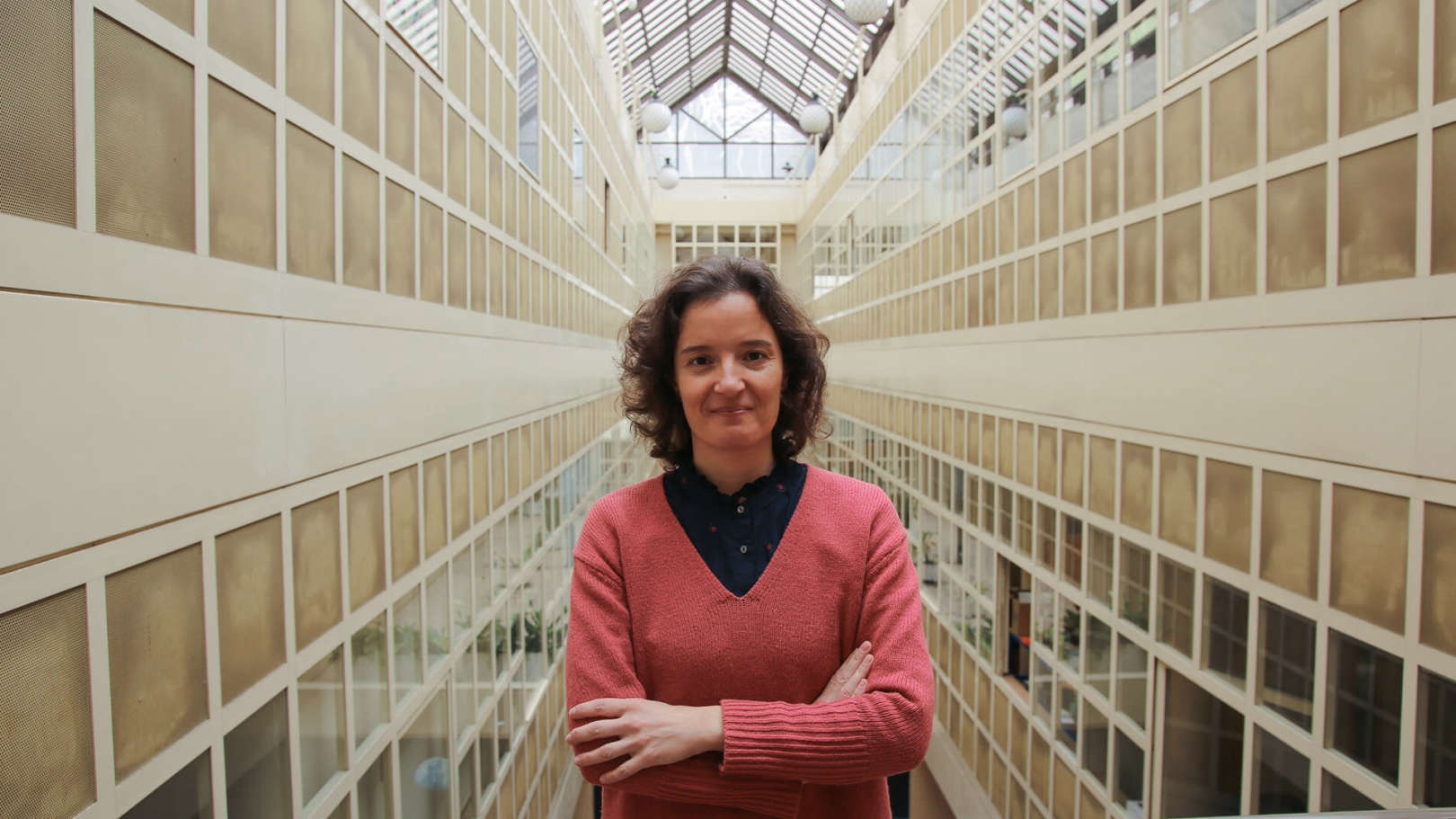Sobre
Susana Silva é licenciada em Física Aplicada pela Universidade do Porto, Portugal. S. Silva recebeu o Doutoramento em Física pela Universidade do Porto, Portugal, na área dos sensores em fibra ótica para índice de refração e deteção de gás. Atualmente, S. Silva é Investigadora Contratada I&D no Centro de Fotónica Aplicada do INESC TEC. Nos últimos anos, S. Silva publicou mais de 50 artigos em revistas internacionais. S. Silva recebeu o prémio de melhor Tese de Doutoramento em Ótica e Fotónica em 2013. S. Silva é especializada na fabricação de sensores em fibra ótica para monitorização de parâmetros físicos. Os seus atuais interesses de investigação são os sensores óticos para aplicações biomédicas e sensorização distribuída em fibra ótica para aplicações em biodiversidade.


